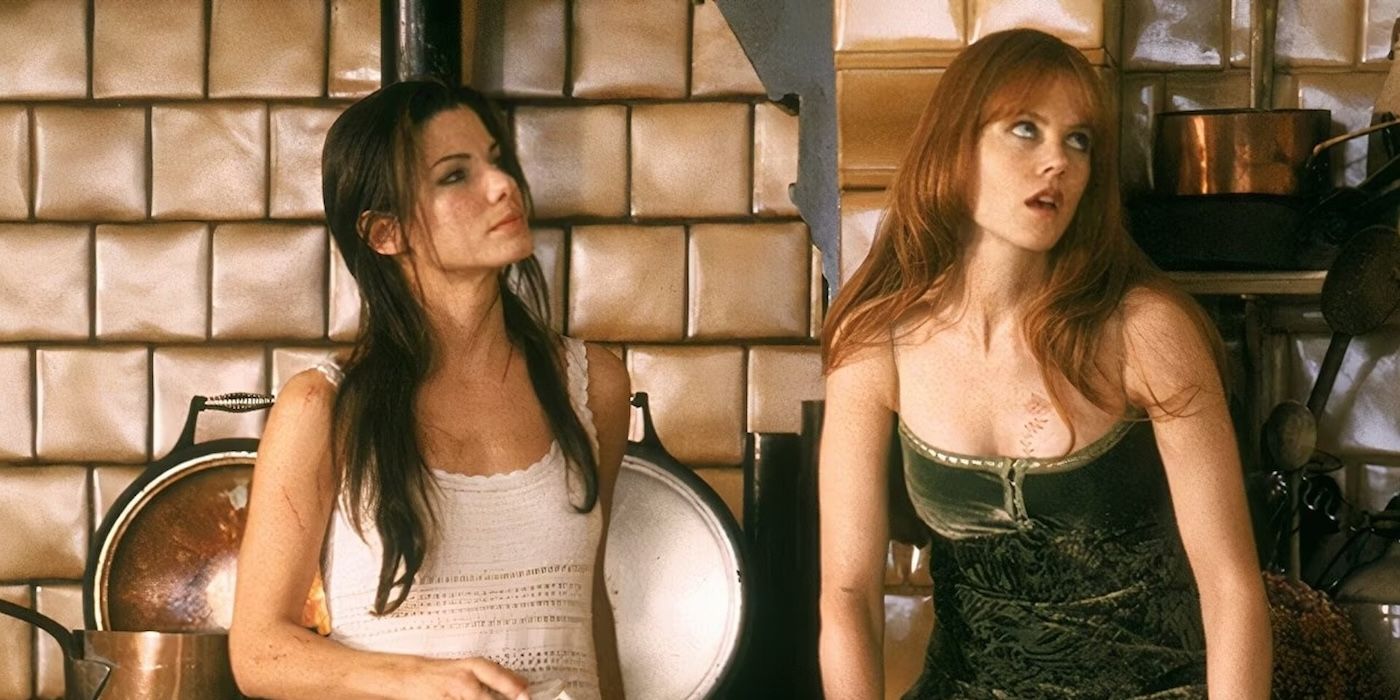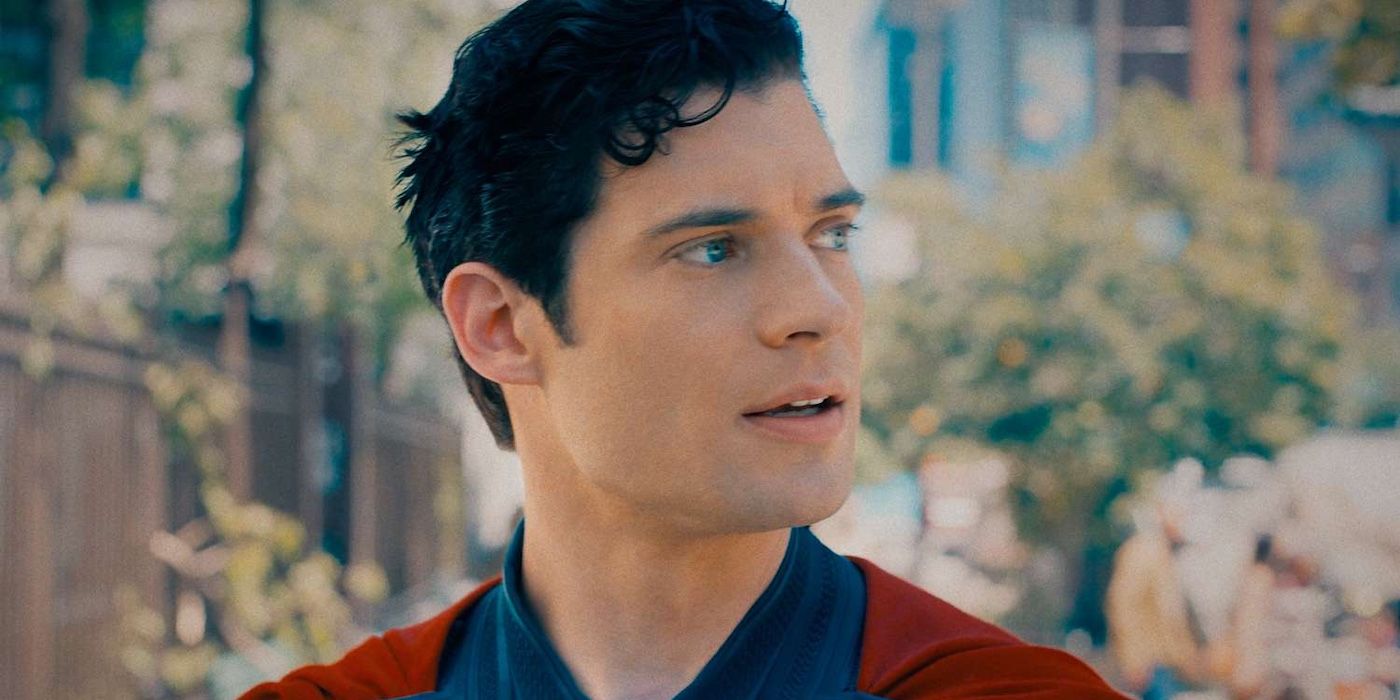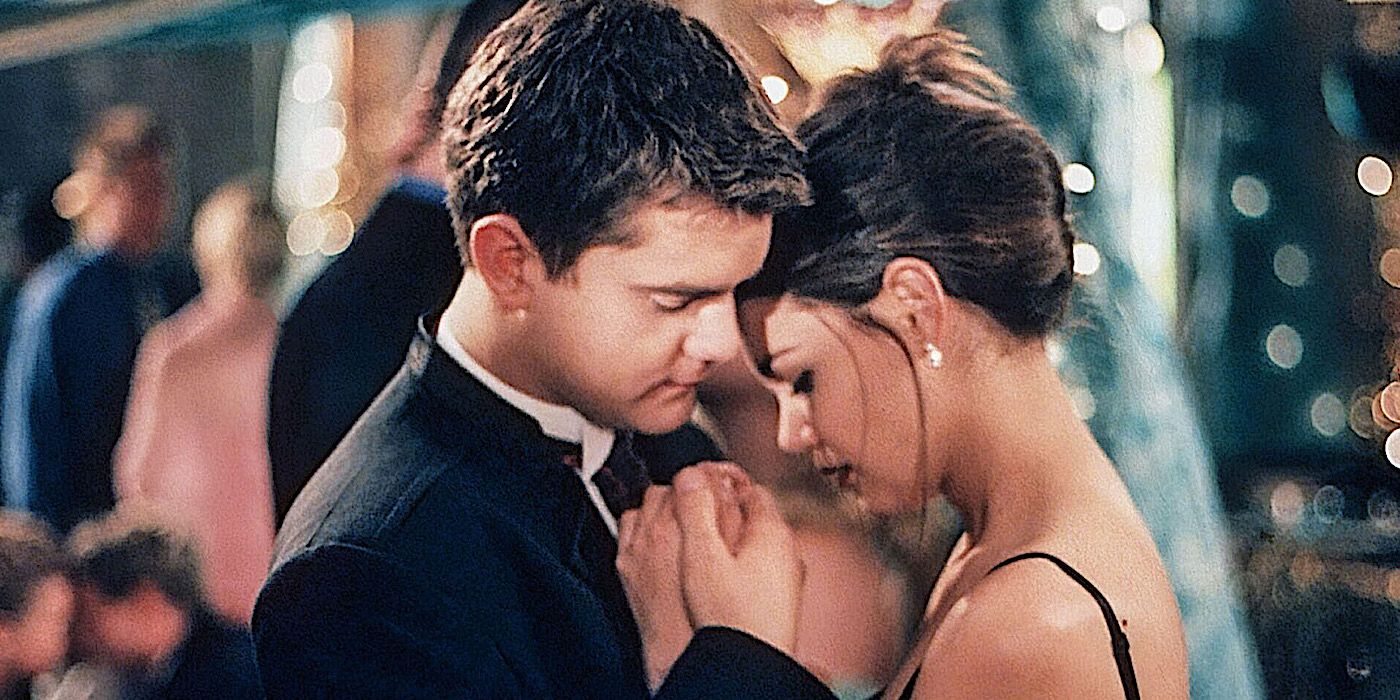
Roger Ebert’s Reflection on Movies
Less than a year before he passed away in 2013, esteemed film critic Roger Ebert shared a reflective piece on his website. In this essay, he highlighted his impressive journey through cinema, having seen over ten thousand films in a span of twenty-five years. Ebert officially reviewed around six thousand of those films. Among his noteworthy mentions were classics like 1942’s Casablanca, 1960’s La Dolce Vita, and 1992’s Basic Instinct. He believed these films had a lasting impact, regardless of how much they might show their age. Ebert was known for his insightful analyses, breaking down movies in a way that revealed intricate details and emotional truths.
A Unique Movie Experience
Interestingly, there was one late ’80s film starring Bruce Willis and James Garner that puzzled Ebert. The film, titled Sunset, defied his usual analytical approach. Directed by Blake Edwards, it hit theaters on April 29, 1988. The storyline itself was quite engaging. Bruce Willis portrayed Tom Mix, a real-life actor from the early 1900s who helped shape the western genre. James Garner took on the role of Wyatt Earp, a famous lawman from the 1800s who lived until 1929. In the film, these fictional versions of Mix and Earp collaborate on a movie project, with Earp serving as a technical advisor. However, things take a turn when they must join forces to solve a murder.
A Movie with Mixed Messages
While the plot sounds entertaining, Sunset has some peculiar qualities. It appears that Edwards might have been trying to blend elements from the 1920s into a contemporary setting. Perhaps Bruce Willis, before his rise to stardom in Die Hard, had a bit of an ego, as Garner suggested post-filming. Whatever the reason, Ebert aptly described the film when he noted that “half of the movie wants to be cheerful, and the other half seems morbid and disenchanted.”
The Opening Scene
The film starts by introducing a lively Tom Mix, who is enthusiastic about his stunt work and thrilled to meet Wyatt Earp. The colors are vibrant, the script is playful, and the overall tone feels bright. Initially, Sunset gives off a vibe similar to 1974’s Blazing Saddles in its portrayal of a historical period or 1976’s Adios Amigo in terms of its charismatic duo. However, this lighthearted tone quickly shifts, almost abruptly, as weighty themes begin to surface. These deeper elements are somewhat unexpected, given the 1920s setting of the film.
Conclusion
In summary, Sunset offers a fascinating glimpse into the intertwining worlds of cinema and the wild west, all while leaving viewers with a mixture of emotions and questions. Ebert’s critique reflects the film’s duality, balancing cheerfulness with more somber undertones. This blend of genres might not sit comfortably with every viewer, but it certainly makes Sunset a unique piece in film history.








